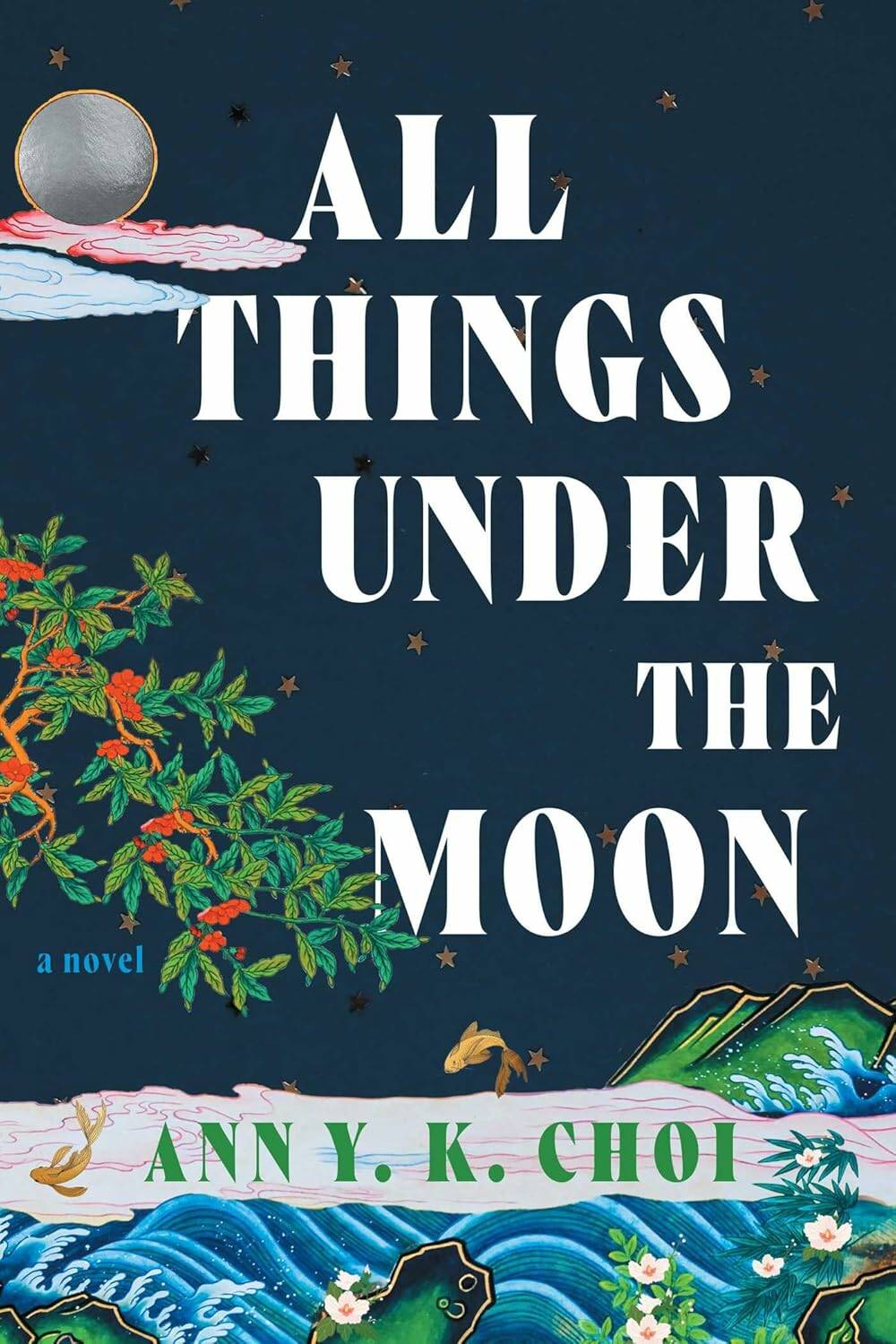Friendship, rebellion run through Korean historical fiction
Advertisement
Read this article for free:
or
Already have an account? Log in here »
To continue reading, please subscribe:
Monthly Digital Subscription
$1 per week for 24 weeks*
- Enjoy unlimited reading on winnipegfreepress.com
- Read the E-Edition, our digital replica newspaper
- Access News Break, our award-winning app
- Play interactive puzzles
*Billed as $4.00 plus GST every four weeks. After 24 weeks, price increases to the regular rate of $19.00 plus GST every four weeks. Offer available to new and qualified returning subscribers only. Cancel any time.
Monthly Digital Subscription
$4.75/week*
- Enjoy unlimited reading on winnipegfreepress.com
- Read the E-Edition, our digital replica newspaper
- Access News Break, our award-winning app
- Play interactive puzzles
*Billed as $19 plus GST every four weeks. Cancel any time.
To continue reading, please subscribe:
Add Free Press access to your Brandon Sun subscription for only an additional
$1 for the first 4 weeks*
*Your next subscription payment will increase by $1.00 and you will be charged $16.99 plus GST for four weeks. After four weeks, your payment will increase to $23.99 plus GST every four weeks.
Read unlimited articles for free today:
or
Already have an account? Log in here »
Hardship and crises can break people — or they can inspire new ideas and unexpected relationships, possibly even prompting entirely different ways of dealing with friends, family and strangers.
For Kim Na-Young and the other characters in Ann Y. K. Choi’s novel All Things Under the Moon, circumstances that threaten to destroy communities and people can combine to produce a new kind of understanding and determination.
Choi is an author and educator originally from Chung-Ju, South Korea. Her earlier novel, 2016’s Kay’s Lucky Coin Variety, was shortlisted for the Toronto Book Award. In 2017, she received the Culture Award from the Korean Canadian Heritage Awards Committee for her work in promoting Korean culture in Canada. She currently teaches creative writing at the University of Toronto.

All Things Under the Moon
All Things Under the Moon begins in 1924 Korea, when the people of Na-Young’s village have been living at a distance from a harsh Japanese occupation. When Na-Young’s father decides to marry her off to a man she has never met, she persuades her best friend, Yeon-Soo, to flee with her for a better life elsewhere. A violent encounter with Japanese soldiers convinces them to end their mutual escape, with Na-Young returning home to marriage but Yeon-Soo continuing her journey without her friend.
Pregnant by the Japanese soldier, Na-Young eventually finds a way to pressure her new husband to claim the baby as his. They agree to part, and Na-Young finally attains her ambition to live in the city, where she learns to read and write at the tea shop where she works.
Her ongoing quest to find Yeon-Soo brings her closer to the Japanese customers, even as she discovers the resistance movement determined to expel the invaders. Although she eventually believes that she has discovered Yeong-Soo’s fate, she continues to imagine her friend living happily in a country cottage.
All Things Under the Moon is a well-written story showing the struggles of a country under occupation, combined with a vivid depiction of Korean culture and family life in the first half of the 20th century. Although the customs and ideals of Korean culture may not be familiar to some readers, Choi gives enough context and background information to help readers understand the motivations behind the characters’ actions. As she author explains in her Afterword, the book is inspired by her own great-grandmother’s life, giving it a sense of authenticity.
Despite the potential cultural divide, many of the struggles the characters face will resonate. The question of telling comforting lies versus the difficult truth, Na-Young’s conflict between remaining loyal to the Korean people while using the Japanese to gain information and the struggle to untangle the loyalties towards family and friends are only a few of the issues that Choi highlights. In the end, Na-Young concludes that the real danger in life is knowing too much.
While there are a couple of odd aspects to the story, such as a headless but still living chicken, readers will enjoy the way Choi portrays the struggles her characters face. Her writing style is easy to follow and the characters vivid; with its universal and relatable themes, All Things Under the Moon is highly relevant to our time.
Susan Huebert is a Winnipeg writer and pet sitter.


